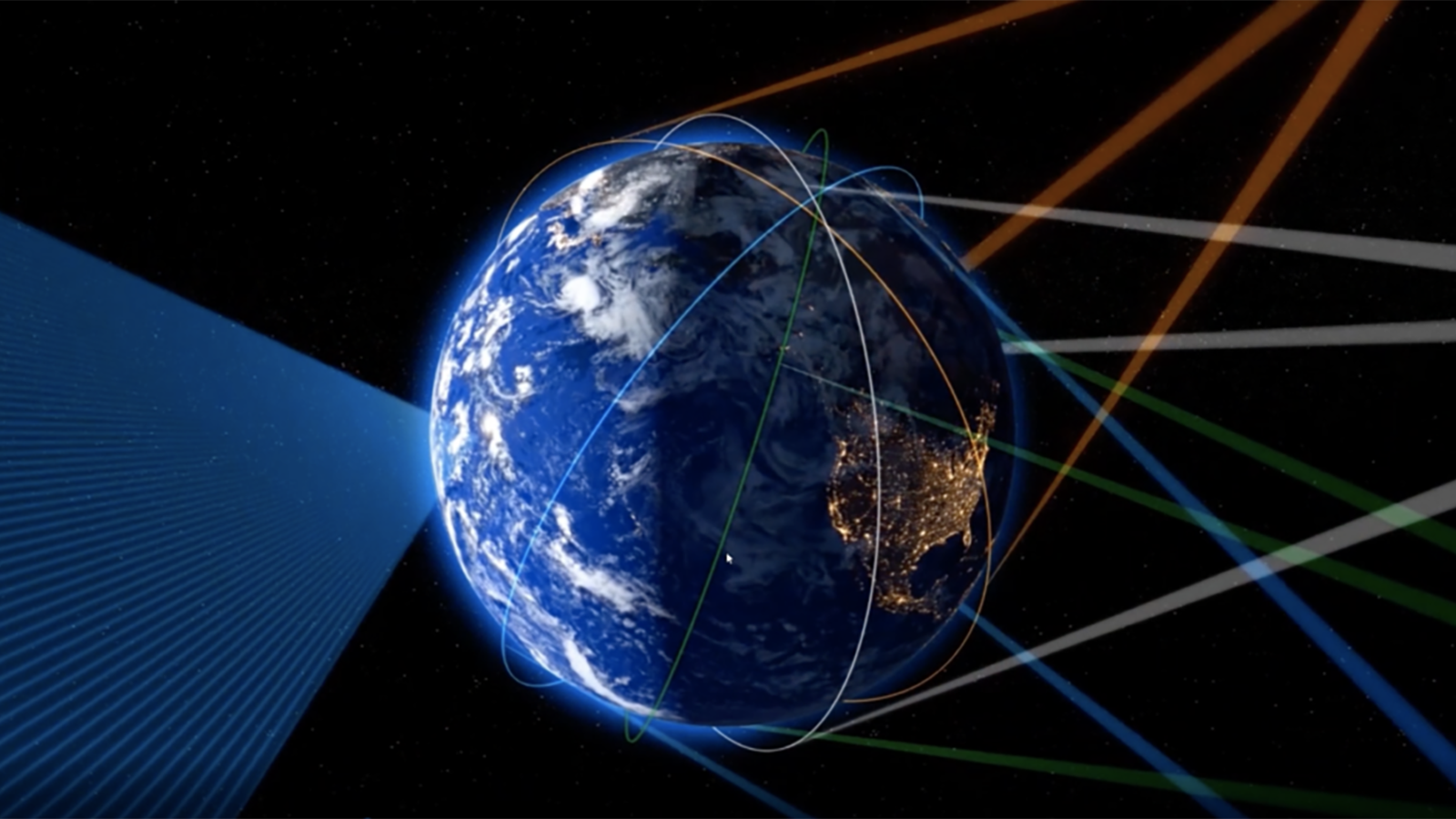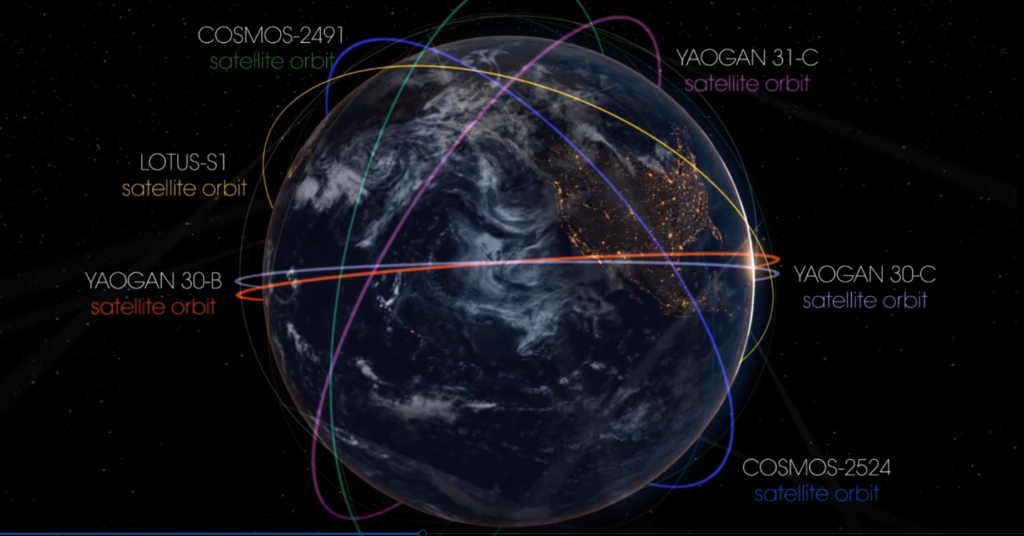
North Star intends to put up to 30 satellites in Low Earth Orbit for monitoring satellites and space junk. (Image: North Star)
WASHINGTON: Canadian start-up North Star Earth and Space is planning to launch up to 30 satellites for monitoring near-Earth obits to create almost constant coverage of where and how systems are operating in space — creating a revolutionary capability beyond that of most nations right now.
“We’re trying to monitor everything,” the firm’s ebullient CEO Stewart Bain told Breaking Defense during a recent interview.
“We’re trying to monitor the space environment — actively monitoring, actively looking, always on, if you like — through space to pick up activity, to pick up changes in plan, behaviors or patterns of life,” said Bain, who besides working on the original engineering design for Canada’s RadarSat 1 and 2 has training as a classical actor. “These are military terms that you’re used to hearing: What’s the pattern of life? What’s the behavior of an object in space? Is it according to what it said it was gonna be? Or is it doing something you shouldn’t be doing?”
Being able to assess “patterns of life” and rapidly detect potentially dangerous behavior by adversary satellites are foundational capabilities for Space Force efforts to improve US space domain awareness.
And North Star has its eyes firmly on US and other military customers, although all the space situational awareness data (SSA) it hopes to provide will be unclassified in order to make it widely available to commercial users in both the US and Europe as well. The firm has participated in the Space Force’s Sprint Advanced Concept Training combat readiness exercises that often include demonstrations of innovative concepts that can help improve operations.

In a recent simulation, North Star Earth & Space showed how its LEO-based sensors could track adversary satellites millions of times over a period of days. (Image: North Star)
The company was founded in 2015, headquartered Montreal and with a subsidiary for European sales in start-up friendly Luxembourg. It has raised some $84.5 million in venture capital, according to the Crunchbase financial tracking website, including 10 million Euros (about $10 million) from the Luxembourg Future Fund.
North Star began US operations in 2019, with a wholly owned subsidiary based near Tyson’s Corner, Va. The US staff of some “six to seven” is slated to grow to about 10, Bain said, most of them holding security clearances and with backgrounds in military and intelligence community space endeavors.
Further, the company announced in December that Kevin O’Connell, former head of the Commerce Department’s commercial space office, had joined as chairman of the US advisory board.
North Star’s concept is to use space-based sensors in Low Earth Orbit (LEO), putting three satellites on one orbital plane and building up the number of occupied planes over time to at least 10. The constellation, therefore, would create network of cameras that all satellites orbiting the Earth would pass through.
Putting sensors in LEO allows tabs to be kept on satellites even where ground-based systems lose sight of them — for example, in the Southern Hemisphere where the Space Command’s Space Surveillance Network is nearly blind.
Bain explained that in a recent simulation created for an allied government, the company showed its satellites monitoring “six potentially non-friendly satellites coming from either Russian or Chinese origin over the period of nine days.” During that time, North Star picked up a total of “five and a half million tracked images” where current ground-based telescopes and radar “would have had zero.”
The first step, Bain said, is to launch three of North Star’s optical sensors on CubeSats (16U sized) provided by Spire Global, under a “space as a service” agreement announced in March. Those will launch early next year.
“We have options up to 30,” he added.
Space Force EW unit working to integrate new weapon systems, intel personnel
The Space Force’s Delta 3 is responsible for organizing, training and equipping Guardians for electronic warfare missions involving satellite communications, as well as sustaining related offensive and defensive EW systems.


























